LL-37
$65.00
LL-37 Peptide: Benefits, Risks, Uses, and Everything You Need to Know
Peptides have taken the health, fitness, and wellness industries by storm. Among the many peptides gaining attention, LL-37 stands out due to its unique antimicrobial, immune-boosting, and tissue-healing properties. Known as a human cathelicidin antimicrobial peptide (CAMP), LL-37 is naturally produced in the body and plays a critical role in the innate immune system. In this guide, we’ll explore the science, benefits, risks, and potential uses of LL-37 to help you understand why it’s becoming a key peptide of interest.
What is LL-37 Peptide?
It is a naturally occurring cationic antimicrobial peptide that helps the body defend against infections by targeting bacteria, viruses, and fungi. It is derived from a protein known as cathelicidin and is present in various tissues, including the skin, respiratory tract, and gastrointestinal tract.
Unlike many synthetic drugs, LL-37 is part of the body’s first line of defense, enhancing immunity while also supporting tissue repair and wound healing. This dual function makes LL-37 especially interesting for both medical research and wellness supplementation.
Key Benefits of LL-37
1. Antimicrobial Action
One of the strongest attributes of its ability to kill bacteria, viruses, and fungi. It disrupts microbial cell membranes, reducing the risk of infections and boosting resilience against pathogens.
2. Supports the Immune System
It enhances immune cell activity, helping the body identify and neutralize harmful invaders. It also plays a role in reducing inflammation, which can help with chronic conditions.
3. Wound Healing and Tissue Repair
Studies show that it promotes angiogenesis (new blood vessel formation) and speeds up tissue regeneration, making it useful in wound healing and skin repair.
4. Anti-Inflammatory Properties
While it stimulates immunity, it also helps regulate inflammation, preventing the immune system from overreacting. This balance can be beneficial for conditions like autoimmune disorders.
5. Potential Anti-Cancer Role
Preliminary research suggests it may influence tumor growth and cancer cell behavior, although more studies are needed to confirm its clinical applications.
Risks and Side Effects
Like all peptides and supplements, LL-37 is not free of risks. Some potential side effects include:
-
Overstimulation of the immune system leading to autoimmune complications.
-
Inflammatory reactions in sensitive individuals.
-
Insufficient research in humans – most data is still from early trials.
-
Potential dosage-related toxicity if misused.
It is important to note that LL-37 is still considered research-grade in many countries and may not be approved for general medical use.
How it is Used?
It is available in research peptide form, often delivered through injections or topical applications. Its primary areas of interest include:
-
Skin infections and wound care
-
Respiratory infections
-
Chronic inflammatory diseases
-
Immune-compromised conditions
Because it is a powerful immune modulator, it should only be used under proper guidance and for legitimate research or clinical purposes.
LL-37 vs. Other Peptides
Compared to other peptides like BPC-157 or TB-500, which mainly focus on healing and tissue regeneration, LL-37 brings an extra layer of antimicrobial defense. This makes it unique for those interested in immune health, infection resistance, and recovery support.
Final Thoughts on LL-37
It is one of the most promising peptides in modern medicine and wellness research. With its ability to fight infections, support immunity, and accelerate healing, it offers incredible potential. However, its risks and lack of extensive human trials mean that caution should be exercised before use.
If you are exploring LL-37, ensure you understand its scientific background, safety profile, and legal status in your region.
Be the first to review “LL-37” Cancel reply
Related products
Uncategorized
Uncategorized
Uncategorized
Uncategorized
Uncategorized
Uncategorized
Uncategorized
Uncategorized
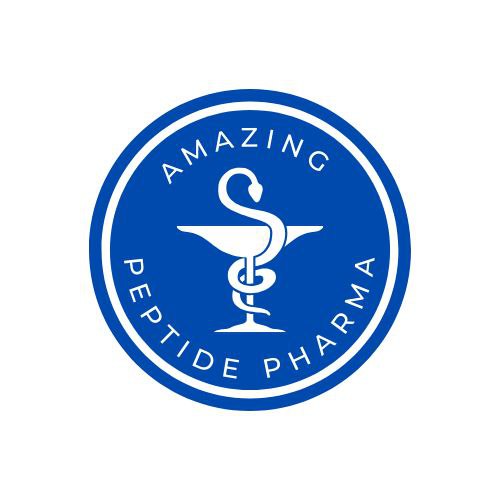
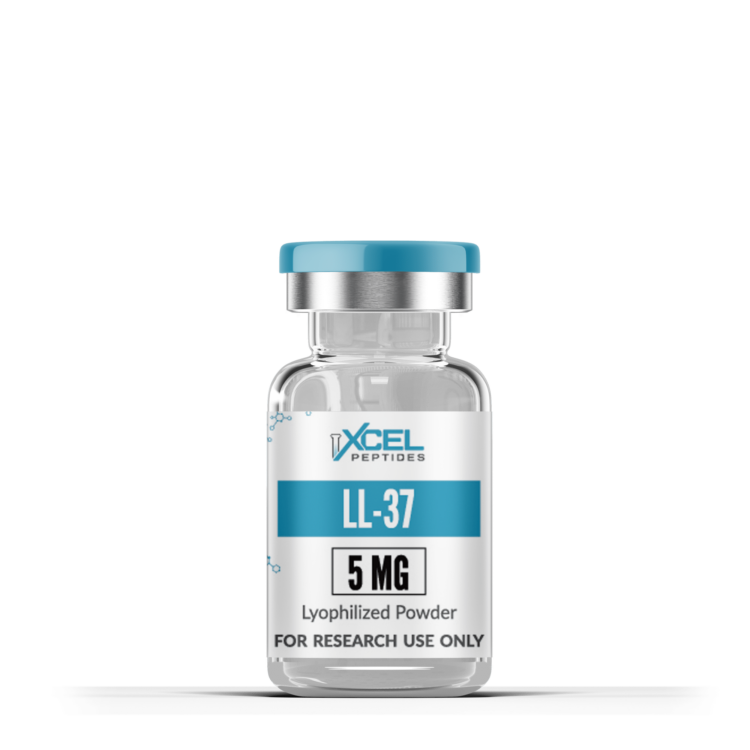
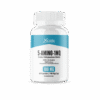
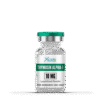
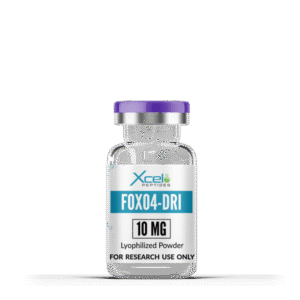
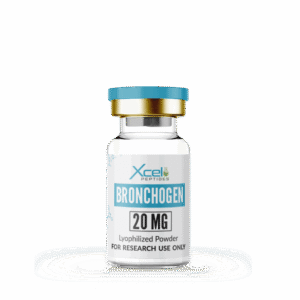
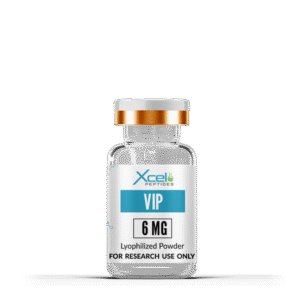

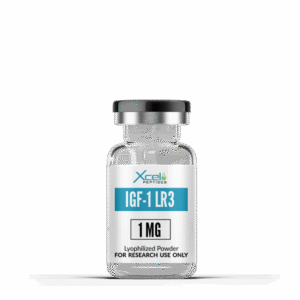
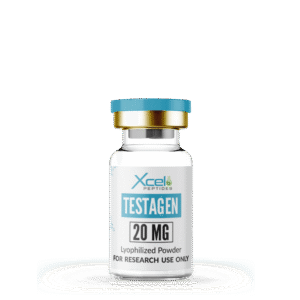
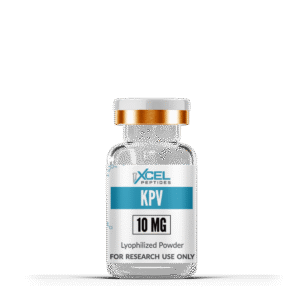
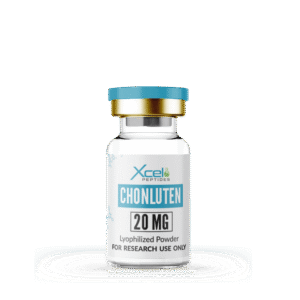
Reviews
There are no reviews yet.